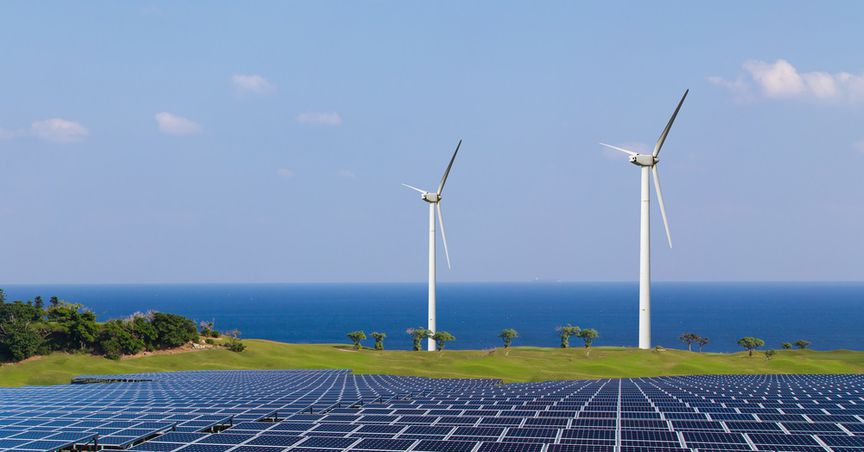Summary
- The plan seeks to spend £12 billion and is aimed at lowering the country’s carbon footprint
- Would create about 250,000 jobs in the country but is being criticized by some for being low on ambition
The United Kingdom recently came out with a 10-point implement plan to further the country’s objective to make itself carbon neutral by 2050. Dubbed as the ‘green industrial revolution’, the plan has a budget of £12 billion and promises to create 250,000 jobs.
The plan while envisaging higher investment in green energy resources, seeks to raise spend on nuclear power and fossil fuel produced hydrogen. This has brought criticism to the plan from several quarters as both these sectors are not considered as green resources.
There are few who have shunned the plan as being small in scope as compared to the elaborate programs of France and Germany on the climate front. They have called upon the government to expand its scope accordingly.
They say that an improved plan should include the scope for private transformational investment, create a higher number of jobs, and deliver real changes in the economy.
The country already has a commitment to make itself carbon neutral by 2050 and has taken several initiatives in this regard.
The year 2020 has been slower with regards to the carbon reduction initiatives taken by Britain due to the pandemic outbreak. The sharp fall in GDP of the country made it difficult to fund its existing pledges.
The plan details
- Ban the sale of all combustion engines in UK by 2030. It would provide grants for purchasing electric cars and additional funding for charging points. The sale of certain hybrid automobiles that were initially listed as fossil fuel alternates would be discontinued by 2035.
- Increase impetus to previously announced pledge of raising offshore wind power capacity to 40 GW by 2030. With this, government wishes to power each UK home using green energy.
- Boost hydrogen production and heat up an entire town using hydrogen. However, the plan does not specify if hydrogen is to be produced completely by renewable sources.
- Invest £525 million for setting up of new nuclear power plants. These will be based on ‘the next generation of small and advanced reactors’ that have a lower environment footprint.
- £1 billion allocated for 2021 to help people access better home and public place insulation. It would be a part of the existing green homes grant and public sector decarbonization schemes.
- Invest £200 million in carbon capture sequestration technologies to lower the emissions of industries with a higher footprint.
- Lower carbon footprint of aircraft manufacturers and airline companies. Support to be provided to the maritime sector for new and existing efforts being undertaken in this regard. A sum of £20 million has been committed for the same.
- Launch an afforestation drive to increase the national green cover. Trees would be planted on 30,000 hectares of land every year as part of the country’s nature conservation efforts and restore natural ecology.
- Encourage people to use public transport and zero emission mediums like cycling and walking. However, no further details are shared in this regard.
- Make London the hub for green energy investments and transform the city into the centre of all innovation taking place in this field.
Outlook
Renewable energy infrastructure development space is currently gaining significant traction. The next decade is going to be the era of renewables.
The need to find urgent solutions to the carbon emissions’ induced emergency is the reason for a surge in investor interest in the field.
Governments and corporates alike are investing vast amounts of money into the new infrastructure development in this space. The sector, therefore, holds a significant investment value creation potential at least for the next decade.
This week the country had also initiated a major infrastructure plan in the green energy domain. It launched a multi-billion pound energy ‘superhighway’ program, which would lay 270 miles of undersea power cable from Scotland to England exploit the former’s renewable energy resources to reduce the UK’s dependence on fossil fuels.




